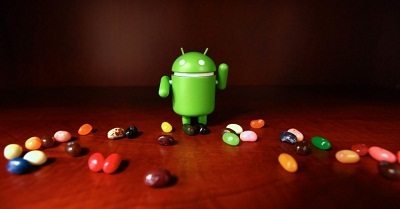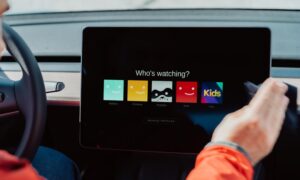Even though most people will be preoccupied with the news of the latest Nexus 7 tablet launch or Chromecast debut, a new version of Android, 4.3 Jelly Bean is bringing many great and strong features to both end-users and developers. Here are some of the best features of the latest version of Linux-based operating system.
1. Support for restricted profiles – this feature is great for users who have children. Even though Android has enabled multiple users for quite some time, this version finally allows restricted profiles as well. This means that people can keep their children away from questionable Web sites or apps and technically, users will be allowed to set up separate environments for each user.
2. OpenGL ES 3.0 for High-Performance Graphics – probably a mystery to an ordinary smartphone/tablet user, but this feature will enable higher quality graphics in users’ videos and games. In order to get the most out of it though, the hardware is necessary to back it up. OpenGL ES 3.0 is currently supported only on the Nexus 4, Nexus 7 and Nexus 10 devices, but many more will follow.
3. Bluetooth Smart Ready support – a brand new family of Bluetooth devices are arriving and Bluetooth Smart Ready makes them different, as these are designed as sensors. With application programming interface support for Bluetooth Generic Attribute Profile services, in Android 4.3 users can create Android apps which will in turn support these devices. This might be a very profitable market for Android developers in the future.
4. Notification Access – users really like those notifications at the top of their display and until this latest version of Android, developers have not been given access to this data stream. This has changed now and developers can access them, but only if users allow them to.
5. Better Digital Rights Management (DRM) – Google’s new modular DRM framework will allow developers to easily integrate DRM into their own streaming protocols. The company has also added some new media DRM framework APIs, as well as improved the already existing ones.
Photo Credits: Tech Spot

























